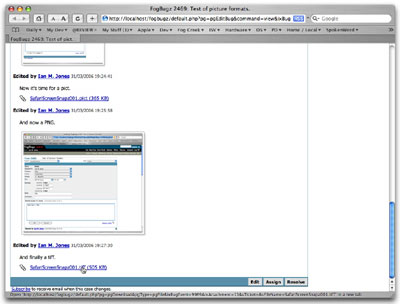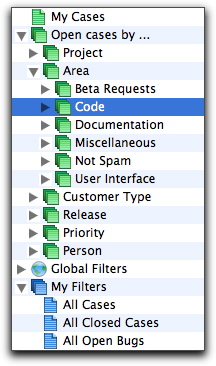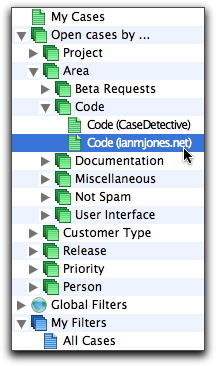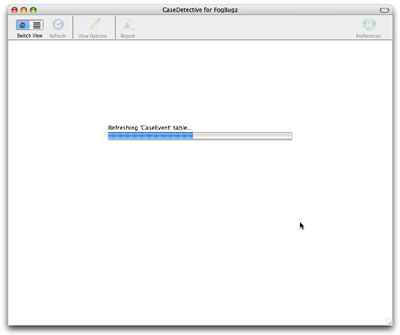Looking for a contract
Yep, you read the title correctly, I’m looking for a contract.
Although the next release of CaseDetective is nearly ready for private beta test, I’ve recently had a bit of financial bad luck come my way in the form of a tax bill that means I need to start earning some dosh much quicker that CaseDetective alone can (or ever will I suspect) manage.
I always knew that CaseDetective was going to be a bit of a slow burner, and thought I had enough money in the bank to last a full year without even a penny coming in, but this tax bill was larger than expected and has basically wiped out my business account.
Personal finances are still fine though, we’ve got plenty of money in our personal accounts to last us the rest of the year as planned, it’s purely the business account that has got a bit low when I’d expected it to stay pretty static apart from the last couple of VAT bills and my ongoing wages coming out. Alas, I hadn’t planned on last year’s corporation tax for the dividends I’d taken, and had forgotten just how well I payed myself two years ago!
So, it’s back to contracting I go, if I can get one.
Because I have extensive Informix 4GL/SQL/SPL experience over the last 10 years, obviously I’m looking at contracts in that skill set first, it’s always done me well, and without blowing my trumpet too much, I know I’m pretty darn good at working with Informix. It’s unfortunately pretty slim pickings out there for Informix 4GL development though, so it may take some time to get a contract in that area.
I’ve now had approx 2 years experience with REALbasic too, and I’m keen to see if I could pick up some work that requires it or could be accomplished with it.
If I had better local business contacts I’m sure I’d be able to find lots of little companies looking for custom applications to be developed, that would be a nice way to make some extra cash now that the big stuff for CaseDetective is done. I’ll have to look into this a bit more if I can’t get a full time contract.
I may expand the IMiJ Software brand to also accept custom development projects and small contracts over the internet, I’m sure there’s a huge number of companies small and large out there that need that one little app built to fix that chink in their process, and with REALbasic and my many years of business and systems analysis I could no doubt meet their requirements on Windows, Mac or Linux in short order.
There are a few companies and individuals out there that advertise custom development with REALbasic, I’d be interested to hear how well they are doing, and whether they are getting plenty of work to keep them busy and in profit.
I guess it goes without saying, but I’m going to say it anyway, if you know of anyone looking for a bit of development done and is looking for someone talented, efficient, thorough, personable, handsome … ![]() Well, you know where to send them … no, not somewhere else smarty pants, to me!
Well, you know where to send them … no, not somewhere else smarty pants, to me!
Anyway, enough of the rambling, must get back to finishing up those last couple of small things on CaseDetective that seem to be taking forever, and I promised someone I’d post a sneak peek this week of a new feature that I think will help them out a lot, so I’d best be off for now.
Oh, and before I leave off, just to confirm that I’m still developing CaseDetective and have no plans to stop doing so. I have a list of features as long as an Orangutan’s arm that I and my customers want implemented, and I will do so as quickly as I can. CaseDetective will continue to be developed and supported, it’s still a huge part of my long term plan to become primarily a developer of software for the masses, as are other projects I have in mind for the future of IMiJ Software.







